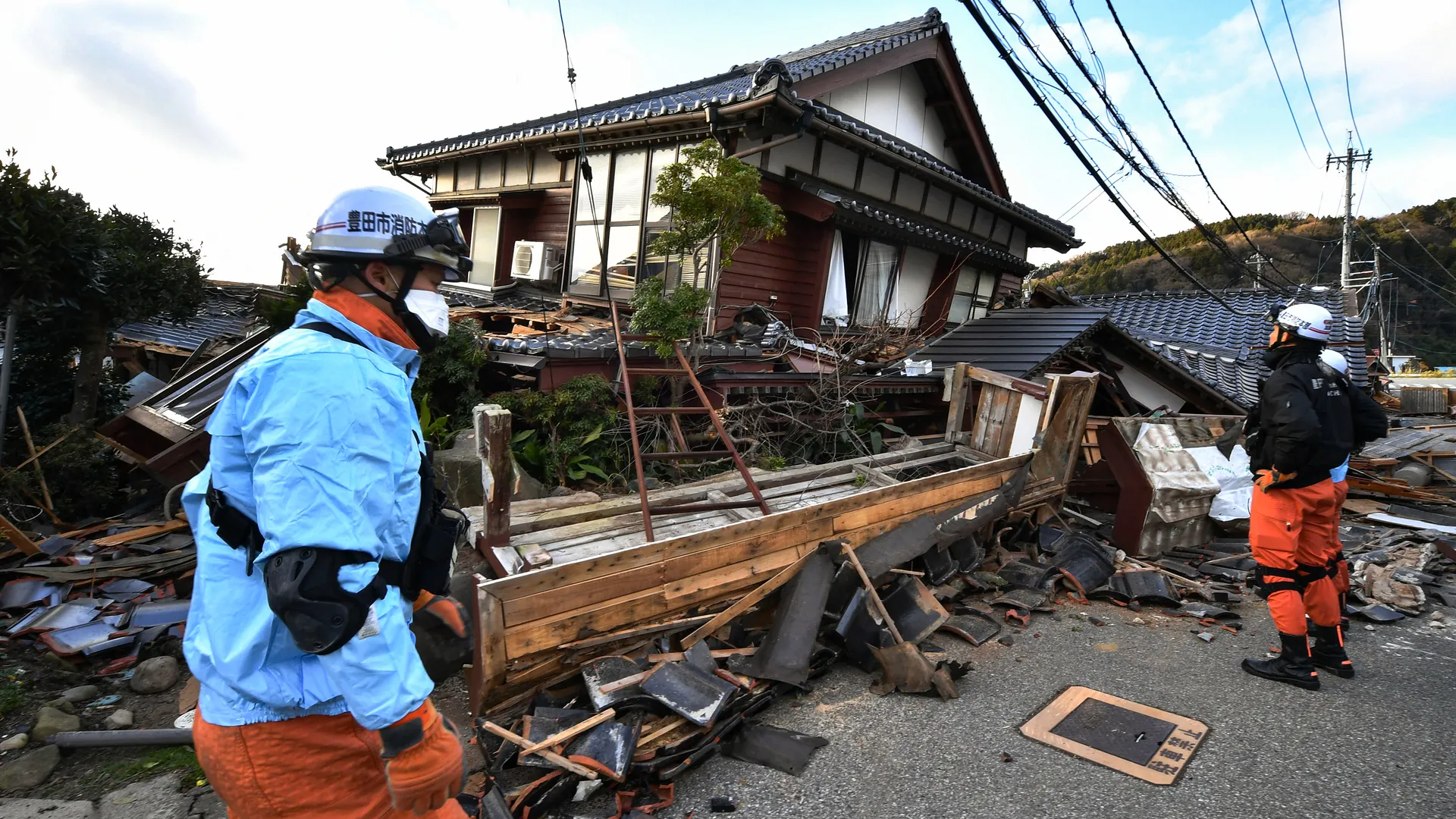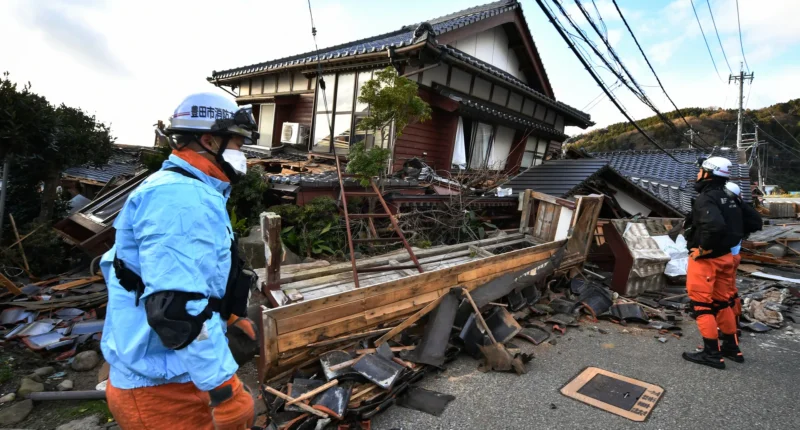Over the past decade, a curious pilgrimage has emerged among style enthusiasts and luxury collectors. They travel not to Parisian ateliers or Milanese vintage boutiques, but to quiet secondhand shops in Tokyo, Osaka, Fukuoka, and Sapporo. Their goal is not the latest seasonal release but a treasure of another era: untouched, impeccably preserved luxury pieces from the 1980s, hidden for decades in the wardrobes of Japan’s first generation of designer devotees. This unexpected cultural phenomenon has transformed Japan into one of the world’s most coveted destinations for vintage fashion hunters.
The allure is rooted in a set of historical and cultural quirks unique to Japan. In the 1980s, during the height of the country’s economic boom, designer fashion was not merely a status symbol—it was a national obsession. The Japanese bubble economy produced a generation with unprecedented purchasing power, and many consumers, especially women, embraced luxury goods with an intensity unmatched anywhere else. Houses like Chanel, Louis Vuitton, Dior, and Hermès cultivated enormous followings in Japan long before they became global icons of aspirational style. The result was a vast accumulation of high-quality designer pieces purchased with care, often stored meticulously, and, in many cases, hardly worn.
These closets, filled during the bubble years, became time capsules. When Japan’s economy cooled in the 1990s and early 2000s, a cultural emphasis on minimalism, modesty, and preservation meant that many luxury items were not resold or discarded—they were quietly put away. Japanese consumers, renowned for taking exceptional care of their possessions, maintained these garments and accessories with scrupulous precision. Today, this cultural tendency toward preservation has produced what international stylists and collectors now describe as the richest archive of pristine, authentic 1980s designer fashion anywhere in the world.
The global resurgence of vintage fashion has placed new attention on this treasure trove. Fashion cycles have swung back toward the structured silhouettes, bold branding, and exuberant craftsmanship of the 1980s. Contemporary luxury houses, in their pursuit of “heritage storytelling,” have reissued classic designs or drawn heavily from their archival collections. But no reinterpretation rivals the authenticity—and allure—of the originals. For collectors, finding an untouched Chanel boucle jacket or a nearly flawless Vuitton monogram Speedy from the late 1980s is not only an aesthetic triumph but an historical one.
Japan’s resale industry has become the gateway to accessing this wealth of preserved fashion. Unlike many global resale markets, where authenticity is inconsistent and condition varies dramatically, Japan’s secondhand ecosystem is built on trust, verification, and accuracy. Shops such as Ragtag, Kindal, Amore Vintage, Chicago, Komehyo, and Brand Off have cultivated reputations for rigorous inspection and honest grading. Even small, independent resale boutiques across Japan take authentication so seriously that their credibility rivals that of global auction houses. For international buyers, this reliability is priceless.
What makes Japan’s vintage landscape particularly compelling is the diversity of finds. In major cities, high-end boutiques offer curated selections of vintage Hermès scarves, Chanel bijoux, and Louis Vuitton trunks, while suburban and regional shops hide remarkable bargains—pieces overlooked simply because fashion is not always evenly distributed across the country. Seasoned collectors know that stepping outside Tokyo can yield rare gems: an unworn Gucci leather skirt in Hokkaido, an immaculate Escada coat in a Nagoya thrift shop, or a forgotten YSL Rive Gauche dress tucked into a small consignment store in Kyushu.
Beyond the thrill of discovery, the Japanese vintage boom speaks to a broader cultural moment. As consumers worldwide grow disillusioned with fast fashion and the homogenization of modern luxury, they seek authenticity, craftsmanship, and individuality. The 1980s was a decade defined by artisanal ateliers, bold creative visions, and uncompromising quality—traits that have become increasingly rare in contemporary mass-produced luxury. Vintage, therefore, is not merely nostalgic; it represents a counter-narrative to modern consumption.
The fascination with Japanese vintage also reflects evolving values among younger generations. Millennials and Gen Z, shaped by sustainability concerns, are rejecting the wastefulness of constant seasonal turnover. They view vintage clothing not as secondhand but as story-rich, ethically desirable, and culturally meaningful. In this context, Japan’s preserved 1980s luxury is not merely old—it’s a curated archive of design history, a material connection to an era when fashion embraced maximalism, experimentation, and longevity.
The emergence of online resale platforms has further amplified Japan’s role in the global vintage market. Websites and apps dedicated to Japanese secondhand goods now ship worldwide, democratizing access to once-hidden treasures. Social media influencers document their pilgrimages to Tokyo’s vintage districts, helping fuel a global hunger for “Japan-sourced” pieces. The country’s vintage fashion has moved from niche curiosity to mainstream obsession.
Yet the future of this phenomenon is uncertain. The generation that purchased these pieces during the bubble era is aging, and the flood of vintage onto the market may not last indefinitely. Cultural shifts among younger Japanese consumers—who are more minimalist and less attached to designer brands—mean the replenishment of vintage stock is limited. What exists now is, in many ways, a finite resource: a historic archive of 1980s luxury that will one day be fully unearthed.
For now, however, the world’s fashion lovers continue to flock to Japan’s secondhand shops, drawn by the possibility of finding the extraordinary. They come in search of pieces that embody a bygone era: the glamor of 1980s runways, the exuberance of the bubble years, the artistry of old-world craftsmanship. What they discover is a paradox—luxury items that have survived decades not through display, but through quiet stewardship, preserved in the closets of collectors who may never have imagined their possessions would become global objects of desire.
In Japan, the past is not merely remembered—it is respectfully maintained. And in the realm of vintage fashion, that ethos has created an unexpected treasure: a time capsule of 1980s luxury now captivating a new generation of fashion enthusiasts around the world.













